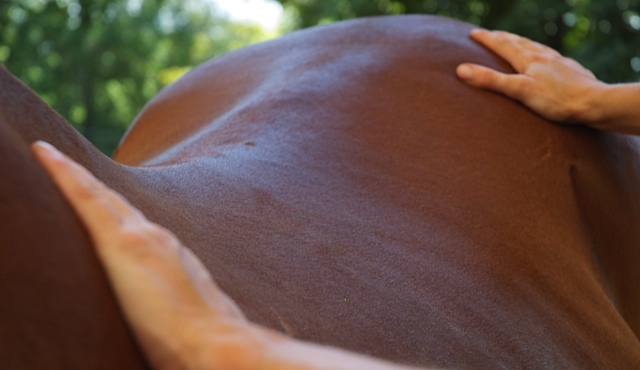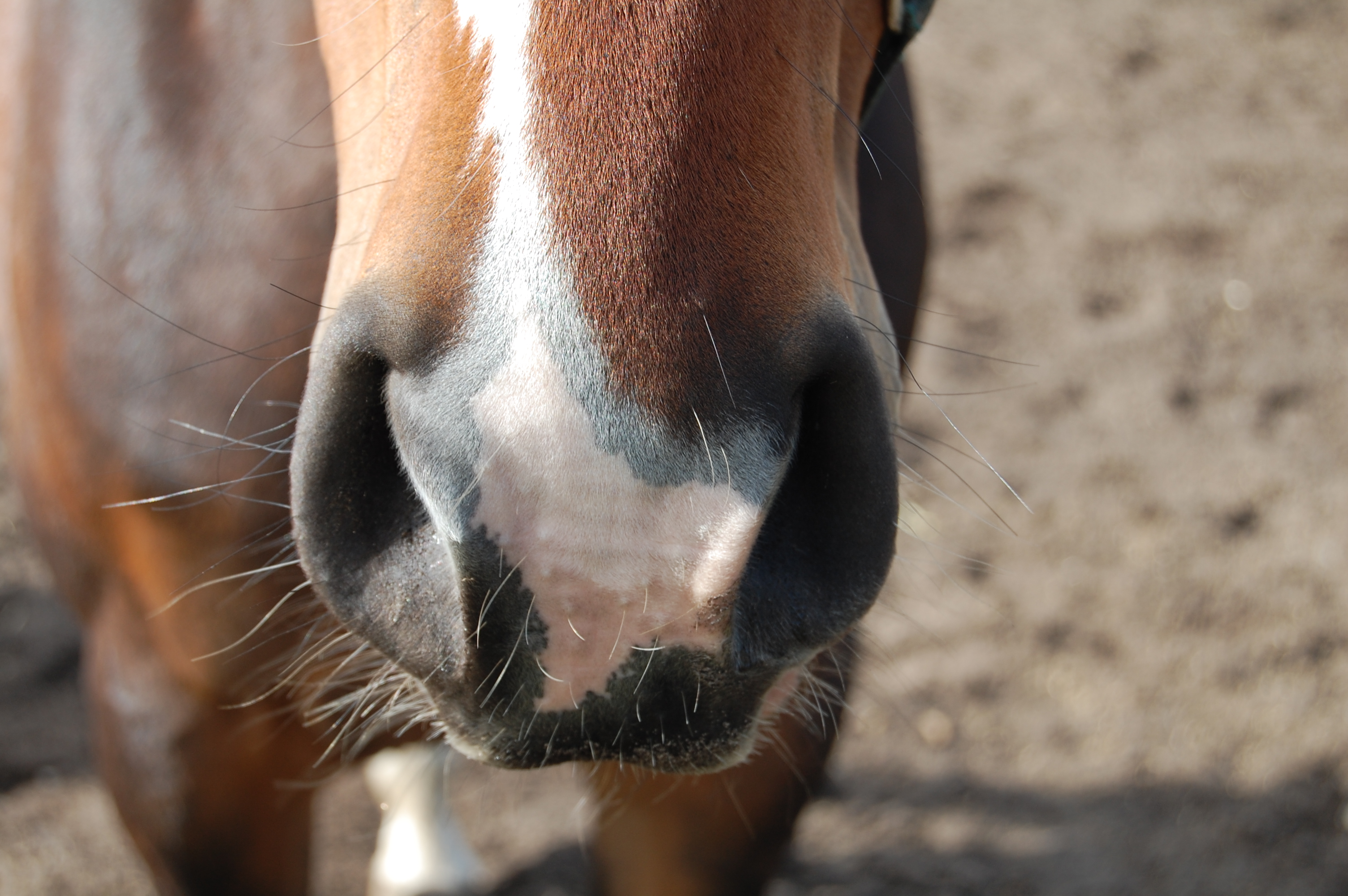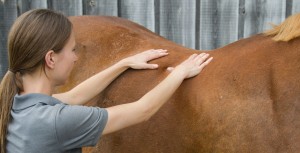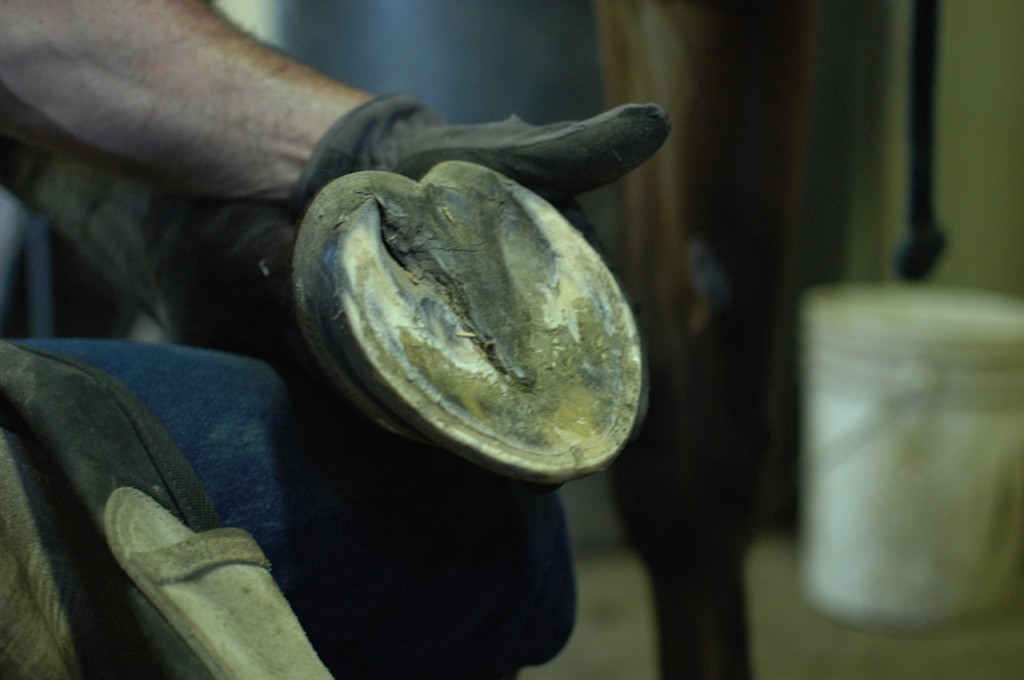Like any decision relating to your horse’s health care, making informed choices is important. When it comes to complementary therapies, this means getting a clear picture of what they can (and cannot) offer, who has the education and training to safely deliver them, and how they fit in with your horse’s regular veterinary care. … Read the rest
Magazine Articles
Going Barefoot
This article was originally published in Canadian Thoroughbred, March 2014.
Marc-Andre Blouin didn’t necessarily start out with the intention of racing all his horses barefoot, but since he started, he hasn’t turned back. “When we started out, one of the things for us was, they had to be horses first, which meant that they got turned out,” says Blouin. … Read the rest
Understanding back pain in horses

Back pain is an issue that can plague horse and human alike. Though back problems in the horse can be difficult to assess and get a handle on at times, new and ongoing research is lending itself to a better understanding of equine back pain and what we might be able to do to help prevent it. … Read the rest
Sports Nutrition for Riders
It was around this time last year that I had the pleasure of working with sports nutritionist Nanci S. Guest for an article on nutritional strategies for riders (for Horse Sport Magazine). With most of my writing focused on the health of the horse, this was a fun and interesting divergence. … Read the rest
Reducing the spread of equine infectious disease (Article)
The recent cases of EHV-1 in Florida and Quebec are a reminder of the value of instituting managment practices to help reduce the risk of infectious disease transmission. Though no cases have been reported in Ontario this year, taking a proactive approach in protecting our horse’s health is worthwhile. … Read the rest
Article: Protecting your horse’s respiratory health

Recurrent airway inflammation and COPD (heaves) in horses can have many underlying causes, but high levels of stable dust are known to play a key role in perpetuating, if not initiating these conditions.
With hay, bedding, arena dirt and so on, stables tend to be rather dusty places – even when well kept and cleaned. … Read the rest





